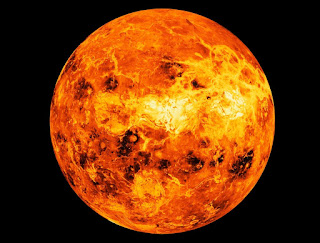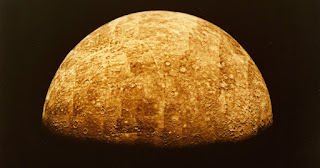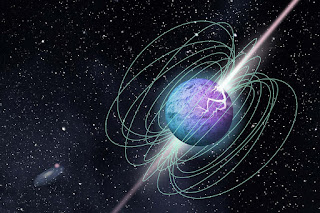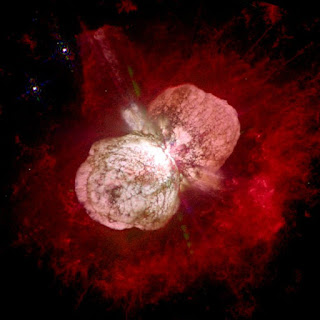Venus

Venus spins on its axis clockwise, making it the only planet in the Solar System that spins in retrograde, or opposite spin of Earth and all the other planets. There are more volcanoes on Venus than any other planet. Astronomers have discovered over 1,600 volcanoes on Venus so far. Scientists think that most of these volcanoes are dormant. A day on Venus lasts 343 Earth days, while a year on Venus is shorter, at just 224.7 Earth days. Venus takes longer to rotate about its axis than any other planet. The days of Venus are longer than the years. The temperature on Venus can reach 870 degrees Fahrenheit due to an extreme greenhouse effect and the atmosphere being made up of 96.5% carbon dioxide and sulfuric acid. Venus has the hottest surface of any planet, about 867 degrees Fahrenheit. The air pressure on Venus is 90 times higher that the pressure at sea level on Earth, That’s equivalent to about half a mile under the ocean. Winds can reach 450 miles an hou





